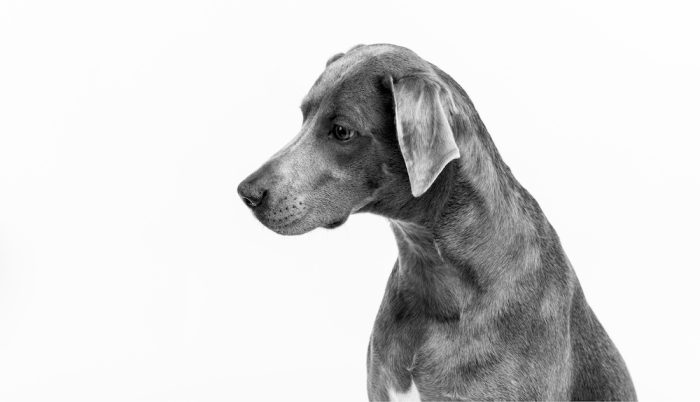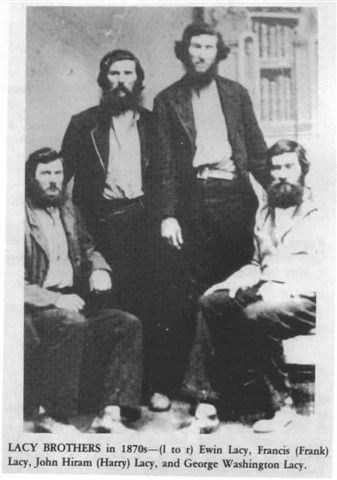
Quite recently, Yahoo News reported that northern states like Minnesota, North Dakota and Montana are taking steps to stop an invasion.
No, not an invasion of killer bees. These invaders are wild “super pigs”from Canada.
In what sounds like the plot of a horror movie, these hard-to-eradicate pigs are huge and uber-intelligent. Canadian farmers created the super pigs by breeding their domestic hogs brought over from Europe in the 1980s with feral populations to create larger, meatier varieties that were also easier to deal with (read: shoot). Most of the pigs usually weigh between 120 and 250 pounds, but one behemoth was recorded at 661 pounds!
What could go wrong? Not much, according to Canadian experts who opined that if a wild pig or boar ever escaped from a farm, there was no way one would survive a western Canadian winter – it would simply freeze to death. A “porksicle,” one might say.
Way.
The pigs’ size kept them well padded, but their ingenuity not only lead to them tunneling under snow, but lining their snow caves with cattails for additional insulation. This kept the pigs so toasty warm that on cold day, one could actually see steam pouring out the top of their digs.
Size and smarts is problematic in an opportunistic omnivore that eats anything it can, from tree saplings to small mammals including deer fawns. Almost worse is that the pigs’ rooting causes soil erosion, a huge problem for farms, cemeteries, backyards, orchards, and so on. The pigs also carry diseases such as swine brucellosis, pseudorabies, African swine fever, leptospirosis, and trichinosis and chronic hangnails (just checking to see if you’re still reading).
All in all, these super pigs are an ecological train wreck.
But there is hope, if only because we think so. Over the years, we’ve noticed that when man unwittingly creates a problem, a dog usually helps solve it:
- Following the introduction of European rabbits to Australia in the 18th century, the country grew to have a massive rabbit problem. The staggering number of the hippy hops lead to extensive environmental damage and posed a serious threat to agriculture, and in turn, livelihoods and the Australian economy. Dog breeds with speed, strong hunting instincts, agility, and a keen sense of smell played a crucial role in controlling the problem; the collaboration between dogs and human hunters in an effective strategy known as “rabbiting” helped controll the rabbit population in specific regions;
- Throughout the world and for centurie, dogs have played a crucial role in helping ranchers deal with predators. These days, it’s often in areas where predators are endangered or protected species. In Mongolian grasslands, for example, threats to herds of domesticated livestock from predators like wolves, eagles, and especially snow leopards are mitigated with the use of Livestock Guardian Dogs like the Bankhar.
Could dogs help with the “Super Pig From Canada” issue? We rather suspect so!
We have a suggested, but it should be noted that there are two distinct kinds of dogs that are utilized in hog/pig hunting. They are bay dogs and catch dogs.
Catch dogs tend to b larger breeds with more muscle mass who are trained to trap a hog and hold it (often by the ear or snout) until the hunter arrives.
Bay dogs (often hound breeds) are trained to track down a hog with their keen sense of smell, and corner it after it has been located (even across extensive distances). In many cases, bay dogs will use loud barking (which is to say they “bay”) to alert the hunter. Both bay dogs and catch dogs are essential to the success of a hunt, but they are trained in different ways ways and with distinct objectives.

The Lacy Brothers in the 1870s (left to right) – Ewin Lacy, Francis Marion (Frank) Lacy, John Hiram (Harry) Lacy and George Washington Lacy, Jr.
At this point we pivot to specifics.
We use this opportunity to talk about a breed we don’t cover enough on these pages, the Blue Lacy. Lacys, btw, aren’t always blue, but were so named for the Lacy brothers who created the breed to work on their ranch.
Ewin, Frank, Harry and George Lacy developed a breed respected for its superior agility, speed, and stamina, but specifically for its ability to trap line, blood track and herd cattle. Trap lining is a form of predator control where traps are set for game that destroy habitats or ruin crops (like Super Pigs). Lacys were deployed to track the trapped predators and bay, alerting their owners of the catch. Through trap lining, Lacys learned grit and gained experience in close proximity to menacing angry animals, and many a hunter has said that to watch a Blue Lacy successfully corner a furiou hog is to see an unmatched act of courage and grit. Lacys easily contain the sneakiest hogs and bay loudly until the “cavalry” arrives. Lacys may not have the very best sense of smell as compared to a Redbone Coonhound, but they excel at picking up recent tracks on all types of terrain. Fans of the breed will say this means that a Lacy will track whatever land they need to in order to find a hog.
It might interest readers to know what other breeds are noted for being best at hog hunting and some of them might surprise you. Put another way, Canada might be calling!
Bay dogs for hog hunting
- Rhodesian Ridgeback
- Blue Lacy
- Blackmouth Cur
- Louisiana Catahoula Leopard Dog
- Polish Hound
Catch dogs for hog hunting
- Dogo Argentino
- American Pit Bull Terrier
- American Bulldog
- American Staffordshire Terrier
Image: Blue Lacy By Kristopher/ AdobeStock Photo
